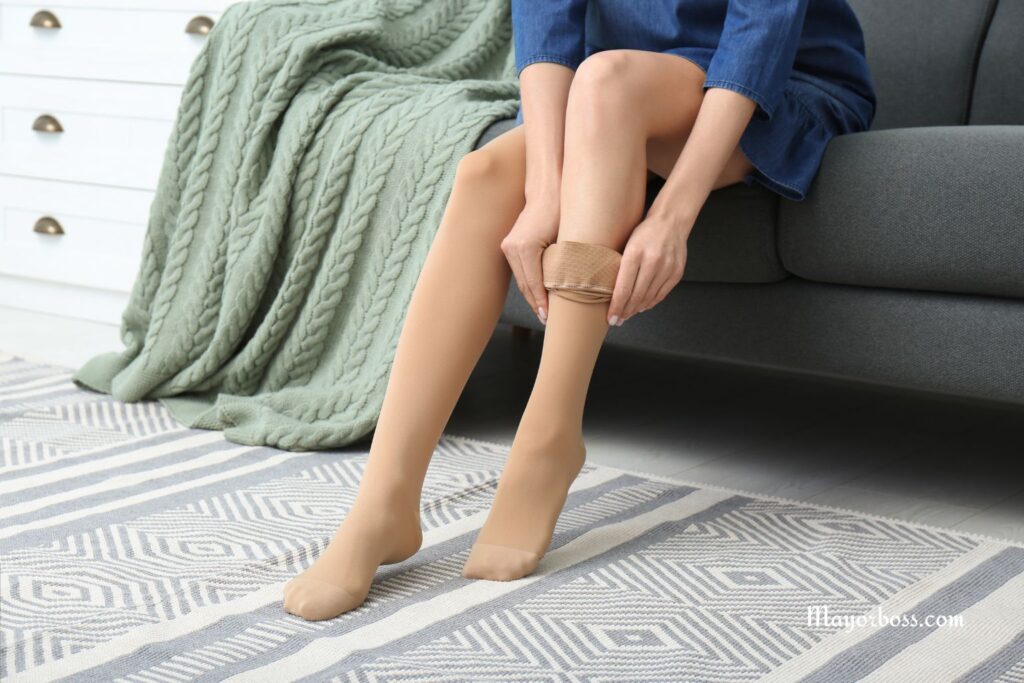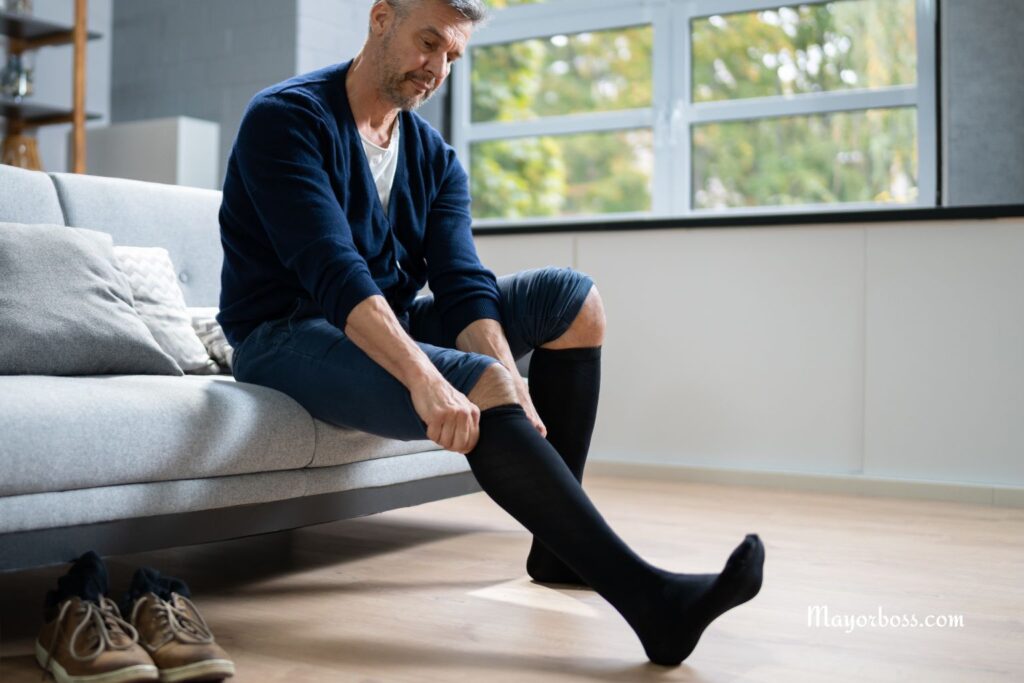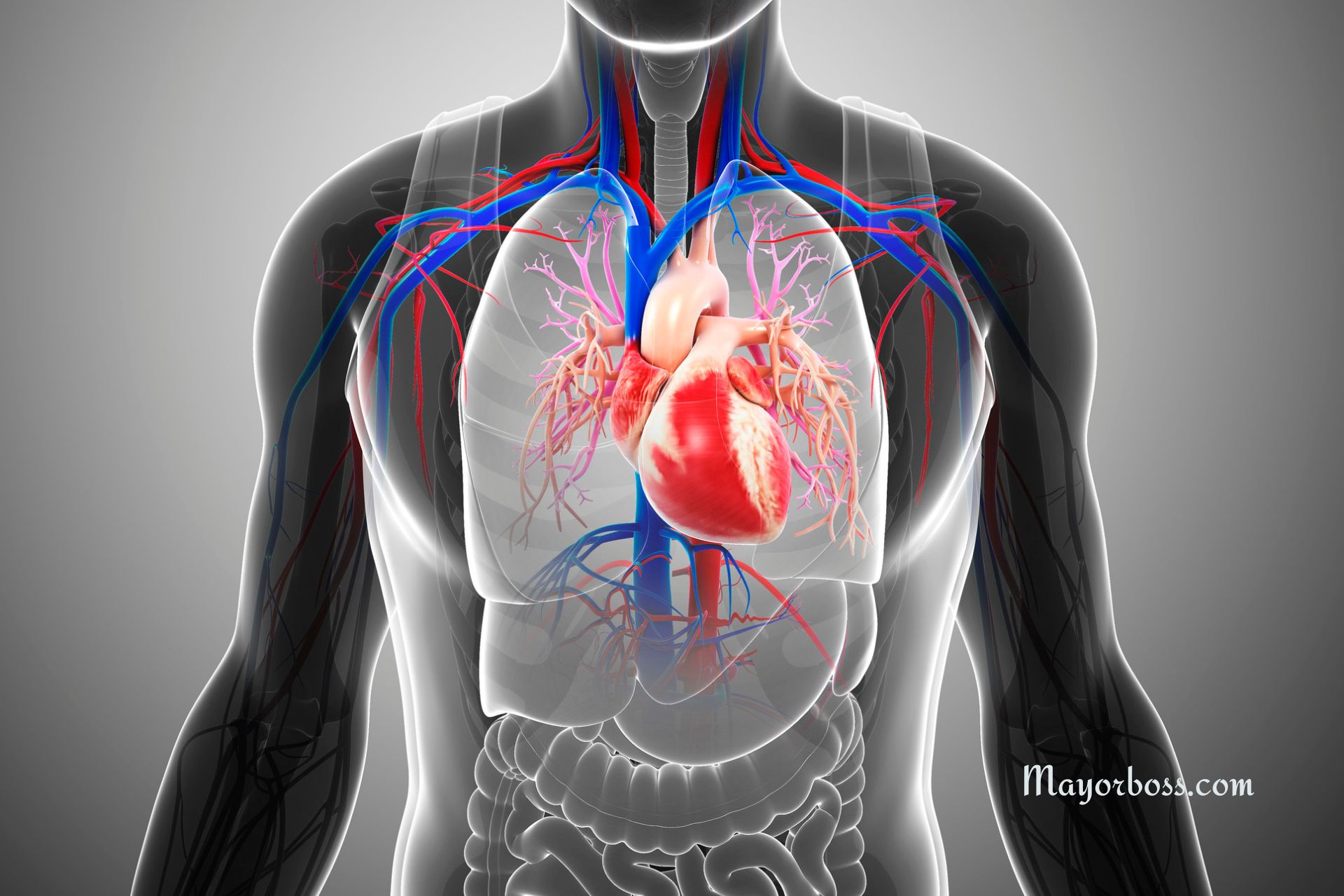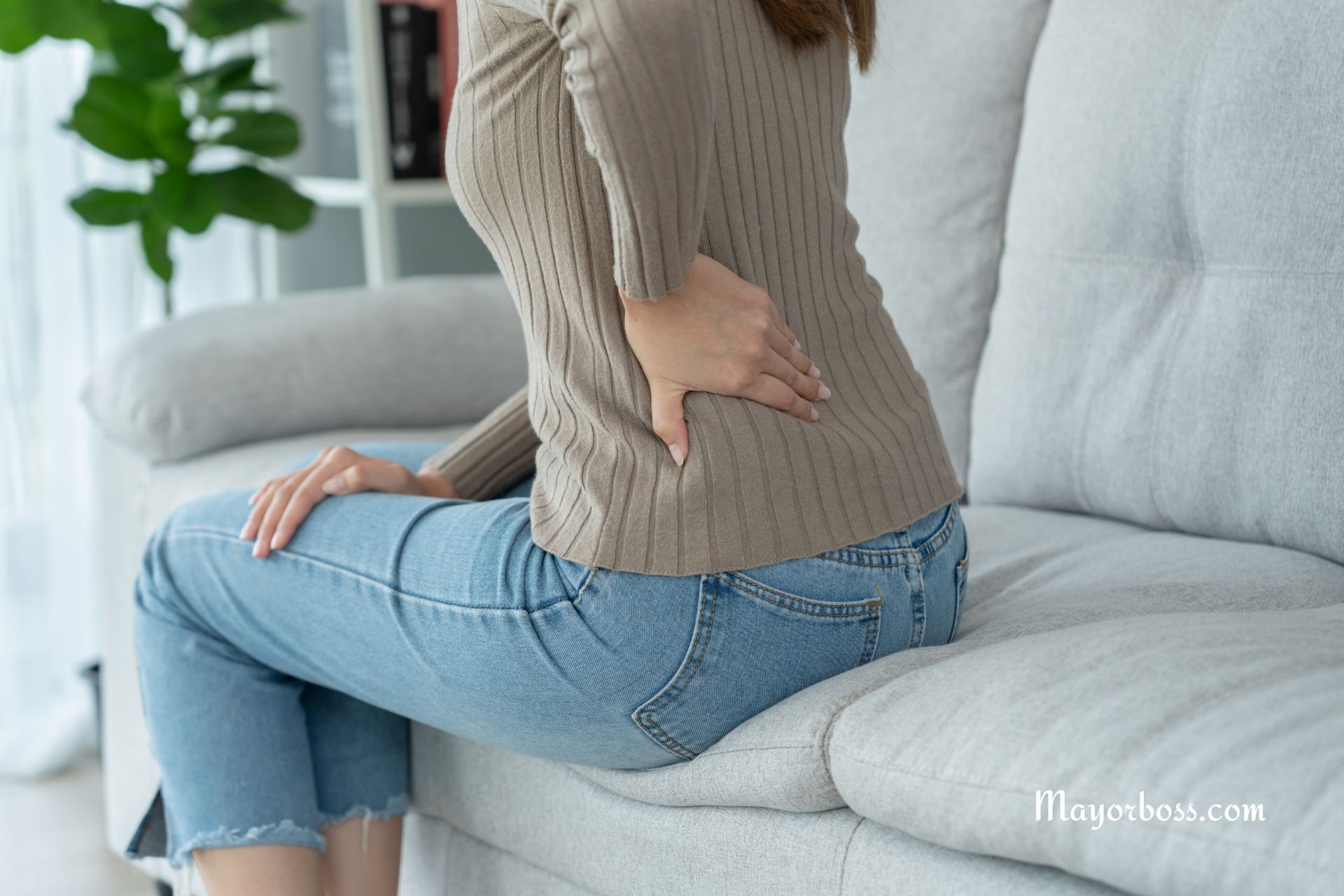6 Reasons to Wear Your Compression Socks
Wearing compression socks helps reduce leg swelling, support blood flow, ease tired legs, and lower the risk of blood clots during long sitting or standing. They gently squeeze your legs, help blood move upward, and keep your feet and calves more comfortable through the day.
Do You Really Need Compression Socks?

Think about how your legs feel at the end of the day.
Do your feet look puffy when you take off your shoes?
Do your calves feel heavy after work, travel, or a long walk?
If this sounds familiar, compression socks can help. They give your legs gentle pressure that supports your veins and helps blood move back toward your heart. This can calm swelling, reduce pain, and protect your health in the long term.
Continue reading to learn more about the benefits of wearing them.
Compression Socks Help Reduce Swelling

Swelling in the feet and ankles happens when fluid collects in the tissues. You may notice deep marks on your skin after you take off your socks or shoes. Your skin can feel tight and uncomfortable.
Compression socks give a firm, even hug to your legs. This gentle squeeze helps push extra fluid out of the tissues and back into the blood vessels. With regular use, many people notice that their shoes fit better in the evening and their ankles do not puff up as much.
If you often see swelling after long days, after travel, or during pregnancy, talk with a health care professional about compression socks as one part of your care plan.
They Support Healthy Blood Flow
Your leg veins work against gravity all day. Tiny valves inside the veins help keep blood moving upward. When these valves weaken, blood can pool in the lower legs, leading to heaviness, aching, and visible veins.
Compression socks give outside support to the veins. They are tighter at the ankle and a little looser higher on the leg. This design encourages blood to move upward instead of collecting in the lower part of the leg.
Over time, better blood flow can mean less aching, less burning, and less feeling of “cement legs” at night.
They Lower Blood Clot Risk During Long Sitting

Long trips, long car rides, or hours at a desk can slow leg blood flow. When blood does not move well, a clot can form in a deep vein in the leg. This is a serious health problem.
Compression socks help keep blood from sitting still in your calves. The gentle pressure, plus simple ankle and foot movements, can support safer circulation during travel or long work hours.
Compression socks do not replace walking, stretching, or medical treatment. Still, they are a helpful extra tool, especially for people who travel often, have had a clot before, or have other risk factors.1
They Can Ease Varicose Vein Discomfort

Twisted, bulging leg veins can cause aching, itching, and a heavy feeling. Many people feel embarrassed to show their legs and feel unsure of what to do.
Compression socks will not remove varicose veins, yet they can ease discomfort. They support the weakened veins and help blood move more smoothly. Many people report less pain, less throbbing, and fewer night leg cramps when they wear them during the day.
Doctors often recommend compression socks for people with vein problems, either alone or together with other treatments.2
They Help Your Legs Recover After Exercise
If you walk, run, cycle, or stand at the gym, your leg muscles work hard. Afterward, you may feel sore, stiff, or tired.
Compression socks can support muscle recovery. The gentle pressure helps reduce small amounts of swelling that can follow hard activity. Some people also feel that their legs feel lighter and less sore on the day after a workout when they wear compression socks.
Athletes often use them during runs, during games, or after training to help their legs feel ready sooner.
They Support You Through Long Workdays

Many jobs require long-standing or sitting. Nurses, teachers, retail workers, factory workers, and office staff often notice tired legs at the end of the day.
Healthcare professionals usually recommend wearing compression socks during work, which can help you stay more comfortable.3 They can:
- Calm aching calves during long shifts
- Reduce ankle swelling at the end of the day
- Help you feel steadier on your feet
This can be especially helpful if you already have vein issues, swelling, or a family history of leg problems.
How To Use Compression Socks Safely

Compression socks work best when they fit well and you use them correctly.
Here are simple tips:
- Get the right size. Measure your ankle, calf, and sometimes your thigh, depending on the style. Poor fit can feel painful or useless.
- Put them on in the morning. Legs are usually less swollen than, so the socks go on more easily.
- Smooth out wrinkles. Bunched fabric can dig into the skin and block blood flow.
- Take them off at night, unless a doctor gives different instructions.
- Wash them often. Clean socks keep the fabric firm and protect your skin.
Most people do well with light to moderate pressure. Stronger pressure should be chosen with a doctor’s recommendation.
Who Should Talk To a Doctor First?
Compression socks are helpful for many people, yet they are not right for everyone.
You should talk to a health care professional before using them if you have:
- Very poor blood flow to the feet
- Severe heart problems
- Large open sores or serious skin issues on the legs
- Numbness in the feet that you cannot feel well
- Diabetes with nerve or circulation problems
A doctor can check your legs, review your history, and suggest the right level and type of compression sock for you.
Takeaway
Compression socks are more than a simple clothing item. They support blood flow, help control swelling, lower clot risk during long sitting, ease vein discomfort, help muscles recover, and keep your legs more comfortable on long workdays.
If you often deal with heavy, tired, or swollen legs, speak with your health care provider about adding compression socks to your daily routine.
Frequently Asked Questions
1. How many hours a day should I wear compression socks?
Most people wear compression socks during the day and take them off at night. Many doctors suggest wearing them for 8 to 12 hours, especially during periods of standing or sitting. Your health care professional can adjust this plan for your situation.
2. Can I sleep in compression socks?
Healthy adults rarely need compression socks during sleep. At night, you are lying flat, so your veins do not work as hard against gravity. Some people with certain medical conditions receive special advice from a doctor, yet most people remove them before bed.
3. Are compression socks safe for people with diabetes?
They can be safe for some people with diabetes, but not for everyone. If you have diabetes, nerve damage, or poor circulation in your feet, never start compression socks without talking to your doctor. You need the right size and pressure to avoid damage to the skin.
4. Do compression socks help with varicose veins?
Yes, compression socks often ease symptoms linked with varicose veins, such as aching, throbbing, and swelling. They do not erase the veins, but they can support comfort and slow worsening in some cases. They are often part of a full vein care plan.
5. What type of compression socks should I buy first?
For many people, knee-high compression socks with light to moderate pressure are a good starting point. Choose a trusted brand that offers clear sizing charts. If you have medical issues, recent surgery, or a history of clots, ask your doctor which exact type is safest for you.






